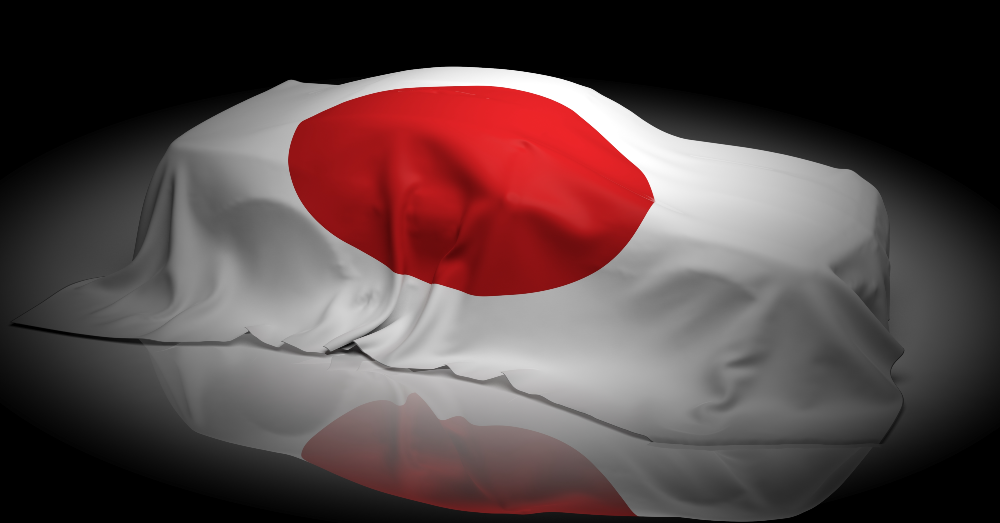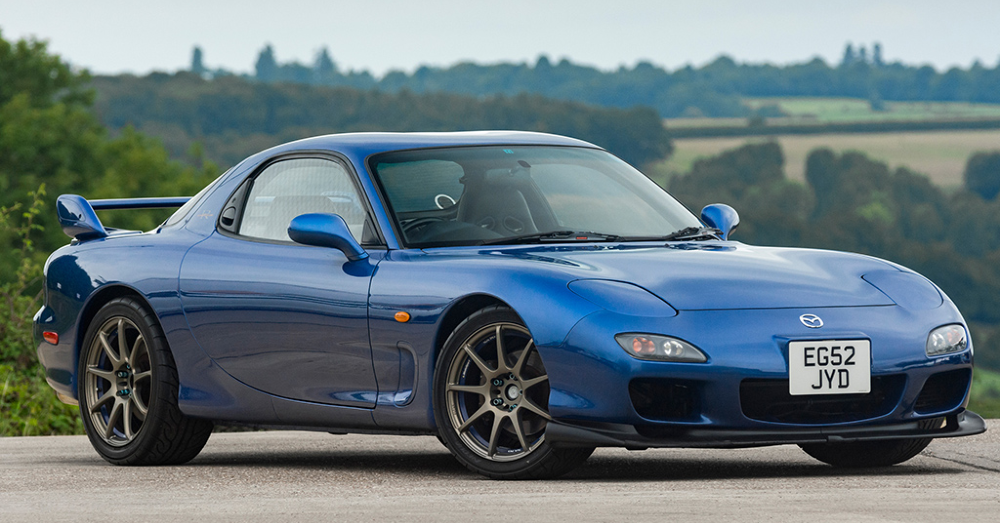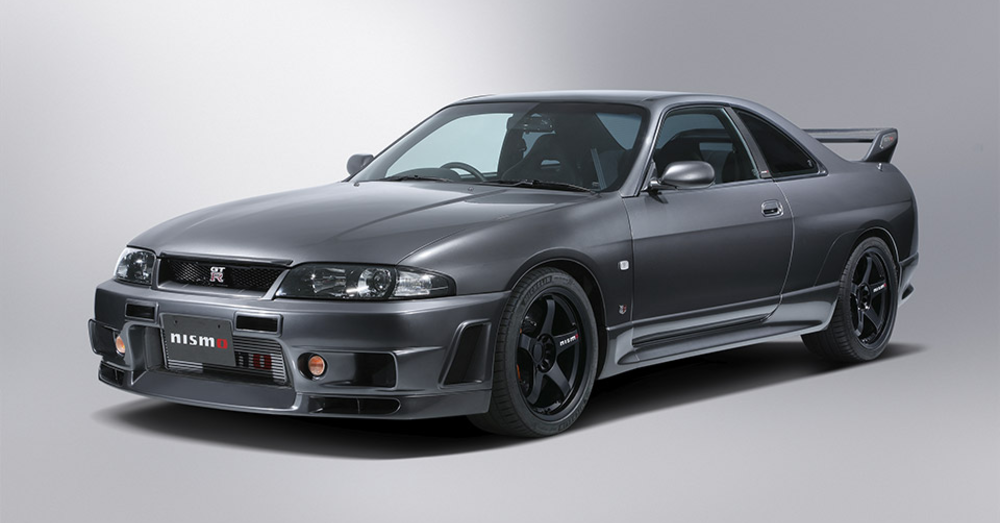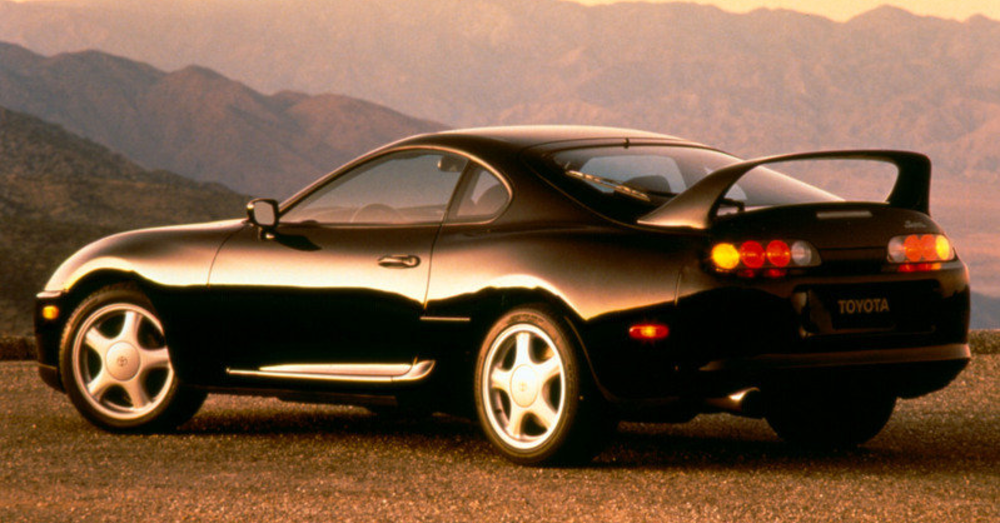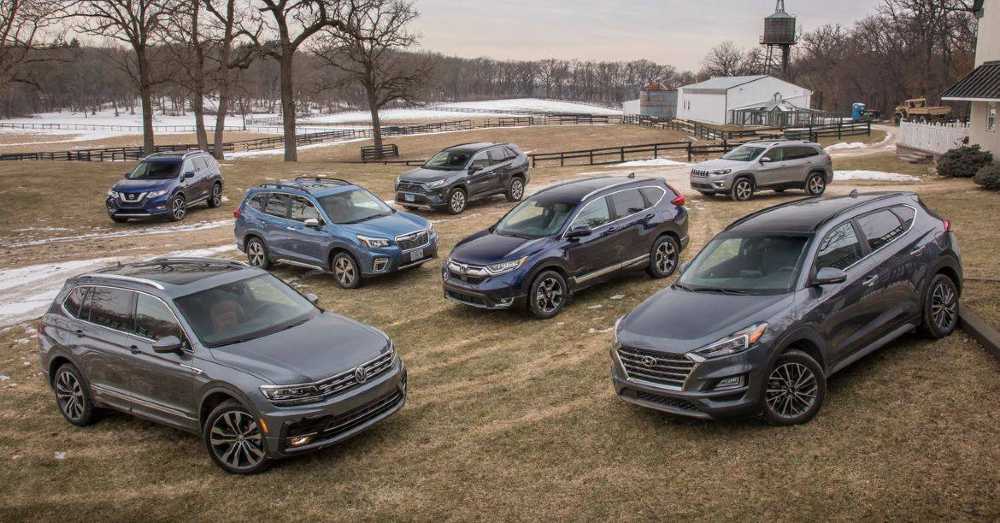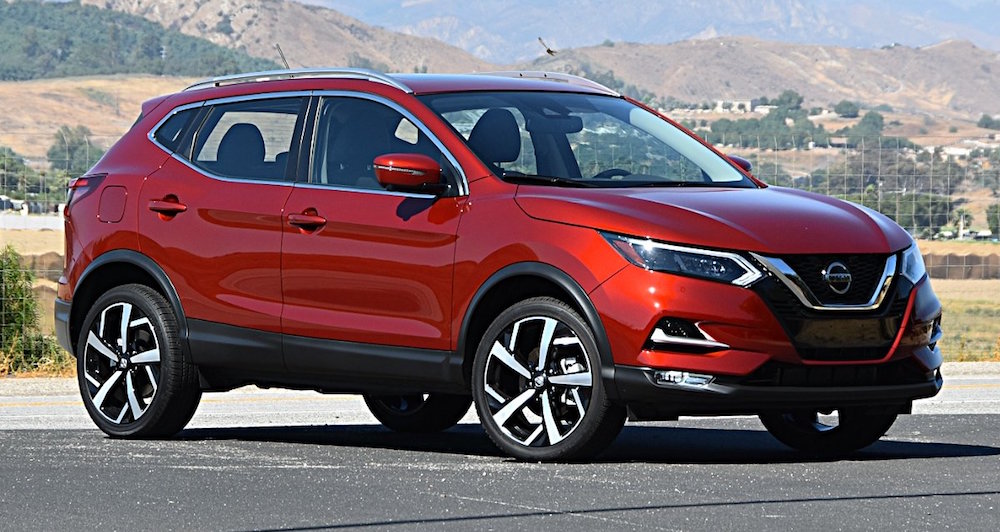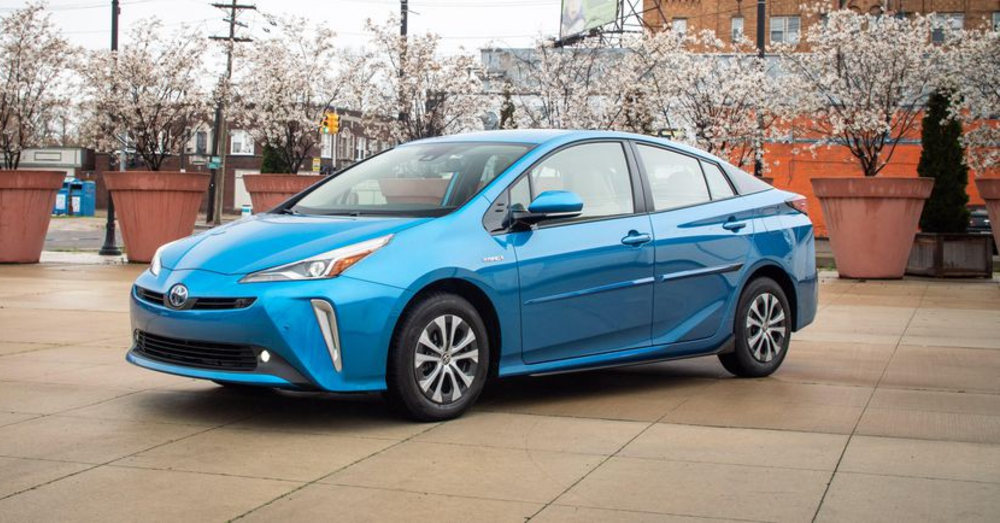In a time long ago in the 1990s, cars were made a bit differently. Instead of being built with huge V8’s like those being produced in the States, these imports from Japan were made with smaller engines and turbos that make an intense amount of power. They were adored for their lightweight bodies and how easily they could be modified. Thirty years later when most of these cars are turning classic, they are still some of the most iconic cars of our lifetime.
Check out these Amazing Japanese Classics:
1. Mazda RX-7
The Mazda RX-7 was first introduced in 1978 and because of taxes and regulations on engine sizes, it had instant popularity. Since it was so expensive to drive larger cars, people who wanted a quick, good looking car flocked to the Rx-7. It’s rotary style engine meant the engine could produce more horsepower for its size compared to a straight 6-cylinder and could be mounted lower, giving it a very low center of gravity. Fast forward to 1991 and the introduction of the third-generation RX-7 which was designed for North American Market. It still had the small 1.7-liter rotary engine but was the first mass-produced car with a sequential twin-turbo system giving this car 252-hp in 1991 and increasing to 276-hp in 1997 when Mazda stopped production.
2. Nissan GT-R (R33)
The first GT-R was known as the Skyline GT-R in 1969 and was showcased exclusively as a racing car. Its interior was very basic with its racing bucket seats and aluminum finished dashboard. This car was also exclusively sold in a specific network of Nissan dealerships called the “Nissan Prince Store”. Probably the most recognizable GT-R made its debut in 1995, the R33 GT-R. This beautiful piece of Japanese engineering combined power, control, and luxury driving. This AWD car was built with a 2.6-liter in-line 6-cylinder and made over 300-hp. Today, the GT-R is still very popular for its relatively low price tag for its class and its uncompromising build quality.
3. Toyota Celica GT4
This one is somewhat unheard of in the US. In the late ’80s, Subaru and Mitsubishi were dominating the Rally world. Then Toyota introduced the Celica GT4. Here in the US, they are known as the Celica All-Trac but very few were brought here making them somewhat unknown. This Turbocharged AWD version of an economical coupe stepped into the ring and surprised the competition. It had 4 victories during its first generation but then in 1992, with the newer ST185 model, it won its first championship. In 1993 and 1994 it won a driver’s championship and a manufacturers championship.
The GT4 rally team was also known for its “bending” of rules during its time. During the ’90s, rally cars had to be equipped with restricting plates on all turbos that restricted airflow into the turbo, thus, making less power. Although Toyota had the somewhat brilliant idea of making theirs out of rubber. When the officials would inspect their cars, the engine would be broken down to make sure the restrictor plate was in place, and it was, but when tightened back down again the plate would move forward letting air flow through and around the plate, giving Toyota an advantage in power.
4. Honda NSX
Known in the United States under the Acura Brand, the Honda NSX is one of the most sought after cars from the ’90s. First introduced in 1990, it featured the first full aluminum bodies mass-produced. The NSX stood for New Sports Experience and its F-16 Fighter jet style interior made any driver feel like they were going to take off at any moment. This beautiful car had an all-aluminum 3.0-liter V6 engine which was equipped with Honda’s V-TEC (Variable Valve Timing and Lift Electronic Control) technology. It’s very low production numbers made it very rare, but in 2016, Acura brought it back as a Hybrid twin-turbo sports car which makes close to 600-hp. Despite that most car enthusiasts would still rather have the classic NSX.
5. Toyota Supra Turbo
The tale of the Toyota Supra has somewhat humble beginnings. It was introduced in the late ’70s and was not popular in the states until the introduction of the fourth generation. This is when redesigned this car to be focused on performance. This generation of the Supra is probably the most recognizable car from this time period. Car lovers from all over the world instantly fell in love with the supra. The model came with a 3.0-liter naturally aspirated or the more popular twin-turbo version which produced 276-hp. Even today these incredible cars dominate the road with some heavily modified versions creating over 1000-hp.
This post may contain affiliate links. Meaning a commission is given should you decide to make a purchase through these links, at no cost to you. All products shown are researched and tested to give an accurate review for you.

